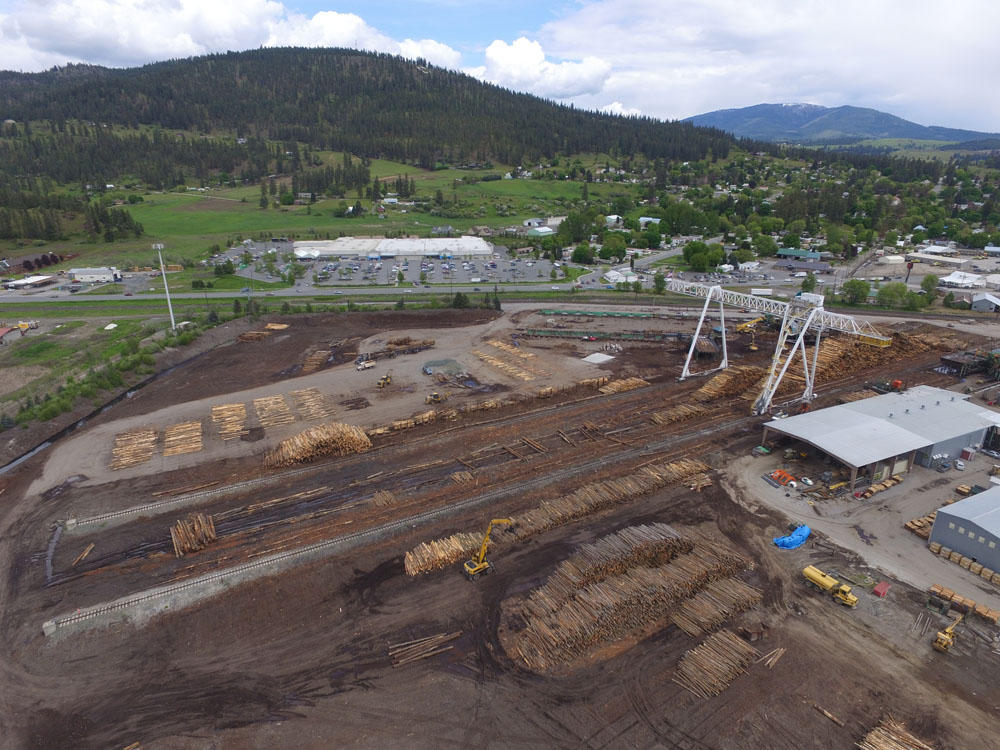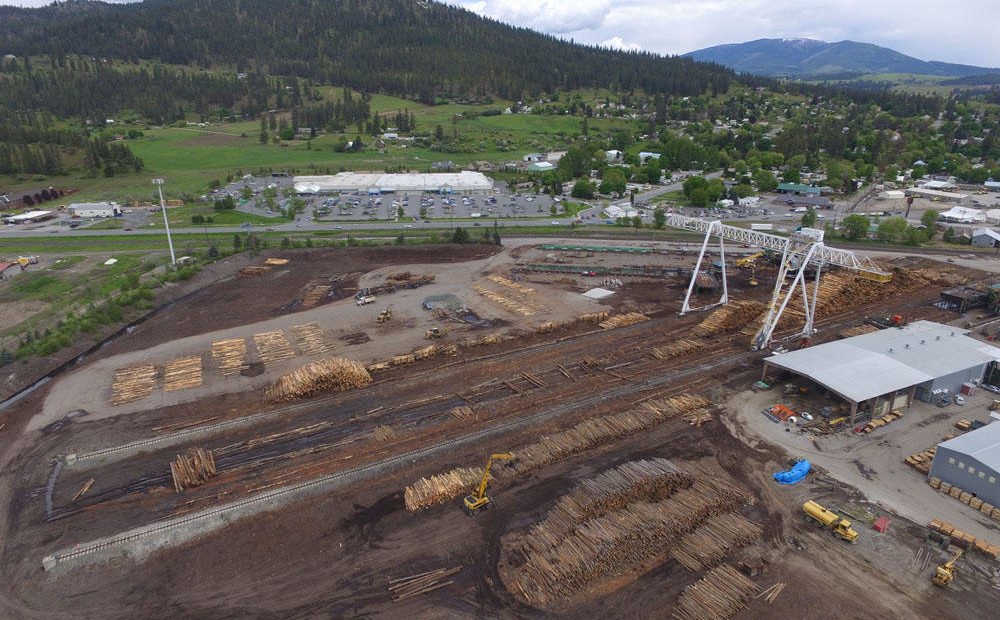
Could A Washington Forest Restoration Project Privatize Land Management, Or Make It More Efficient?
Listen
In 2013, the U.S. Forest Service was looking for someone to reduce wildfire risk and rehabilitate a stand of overgrown trees on the Colville National Forest in northeastern Washington.
Colville-based Vaagen Brothers Lumber submitted the one and only proposal to take on the ‘A to Z’ project. It’s called A to Z because what the company accepted responsibility for was everything – from start to finish. That includes a lengthy and federally required environmental analysis, public comment and the actual work.
“This is a forest service stewardship contract that was paid for using private dollars,” Kurtis Vaagen said. He’s the company’s Vice President of Operations.
“The idea [is] that the Forest Service didn’t have enough man power or money to put forth the effort and do this large scale of a project,” he said.
Vaagen said the company has invested somewhere between $4 million and $5 million.
But some environmentalists like Jeff Juel oppose the project.
“The politicians, the timber companies and a lot of the proponents of active management and logging on national forests are fond of saying that the agency is not funded well enough to do its job,” Juel said.
He’s worried that what the Forest Service, Vaagen Brothers and other environmental groups, including the Spokand-based Lands Council, the Nature Conservancy and Conservation Northwest, are calling “collaboration” is really just a way to privatize public land management.
“The conflict of interest to me is quite obvious,” Juel said of Vaagen Brothers. “They’re going to design a timber sale that makes a massive profit for them. They’re not going to necessarily design a timber sale or a project that is best for the public, for the wildlife, for the fishery, for the people who recreate on that piece of land.”
In 2016, the Montana-based Alliance for the Wild Rockies argued unsuccessfully for a preliminary injunction to stop A to Z. They appealed to the Ninth Circuit Court of Appeals and lost last summer.
Now both sides are awaiting a federal court decision. Regardless of the outcome, wildfires continue to rage across the Northwest – and managing for wildfire is one benefit Vaagen Brothers and the Forest Service say comes out of the A to Z plan.
“This project – the A to Z project – it was the first time they ever tried that,” said documentary filmmaker Jeff Ostenson. The project recently caught his eye.
“We’re interested in this topic, the A to Z project, because it’s a possible solution for the big problem, which is we can’t get enough treatment done on the forests across the West, and they are burning up,” Ostenson said.
Ostenson owns and runs North 40 Productions in Wenatchee, Wash. He has seen massive wildfire there rip through the homes of friends and his community. He recently toured the A to Z project with the Interim Chief of the U.S. Forest Service, Vicki Christiansen.
“We’re not going to get out of this predicament in this nation, if we don’t do something differently,” Christiansen told the tour group.
But whether A to Z is the answer – or if it’s even legal – is still in question.
Related Stories:
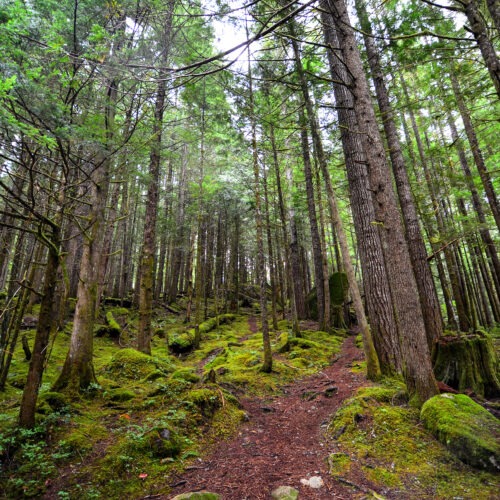
A Look At The Keep Washington Evergreen Initiative – Part Three: Reforestation
The Keep Washington Evergreen initiative, proposed by public lands commissioner Hilary Franz in November, seeks to protect forests in the state over 20 years. In this final story, we look at the goal of reforestation.
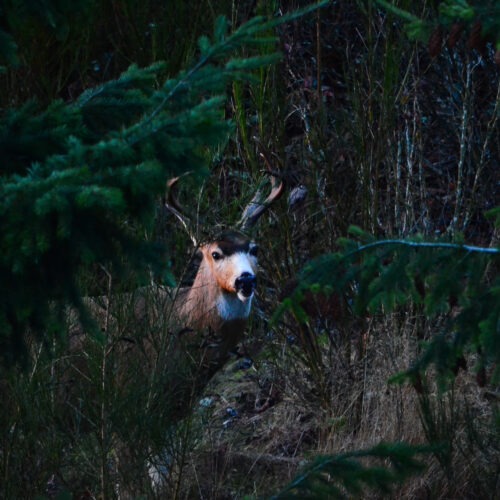
A Look At The Keep Washington Evergreen Initiative – Part Two: Protecting Forests From Conversion
Commissioner of Public Lands Hilary Franz introduced the Keep Washington Evergreen initiative at the end of November, which aims to protect and reestablish the state’s forests. In part two of this three part report, we look at the goal of protecting forests from conversion.
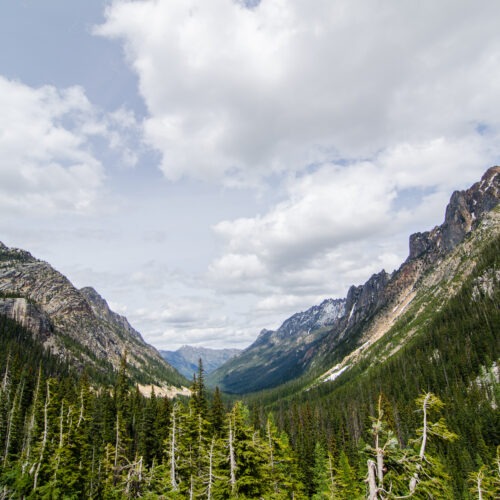
A Look At The Keep Washington Evergreen Initiative – Part One: Restoring Forest Health
Commissioner of Public Lands Hilary Franz introduced the Keep Washington Evergreen initiative at the end of November, which aims to protect and reestablish the state’s forests. In part one, we look at restoring forest health.

